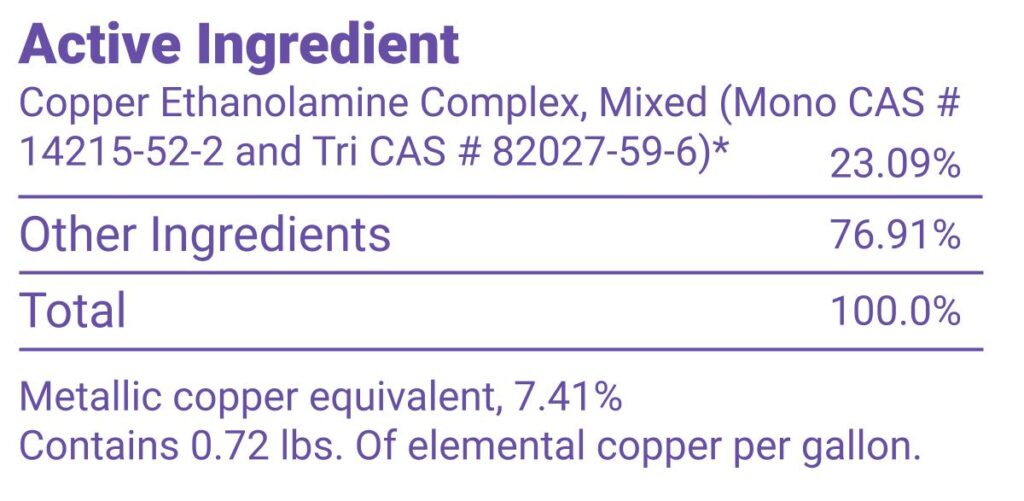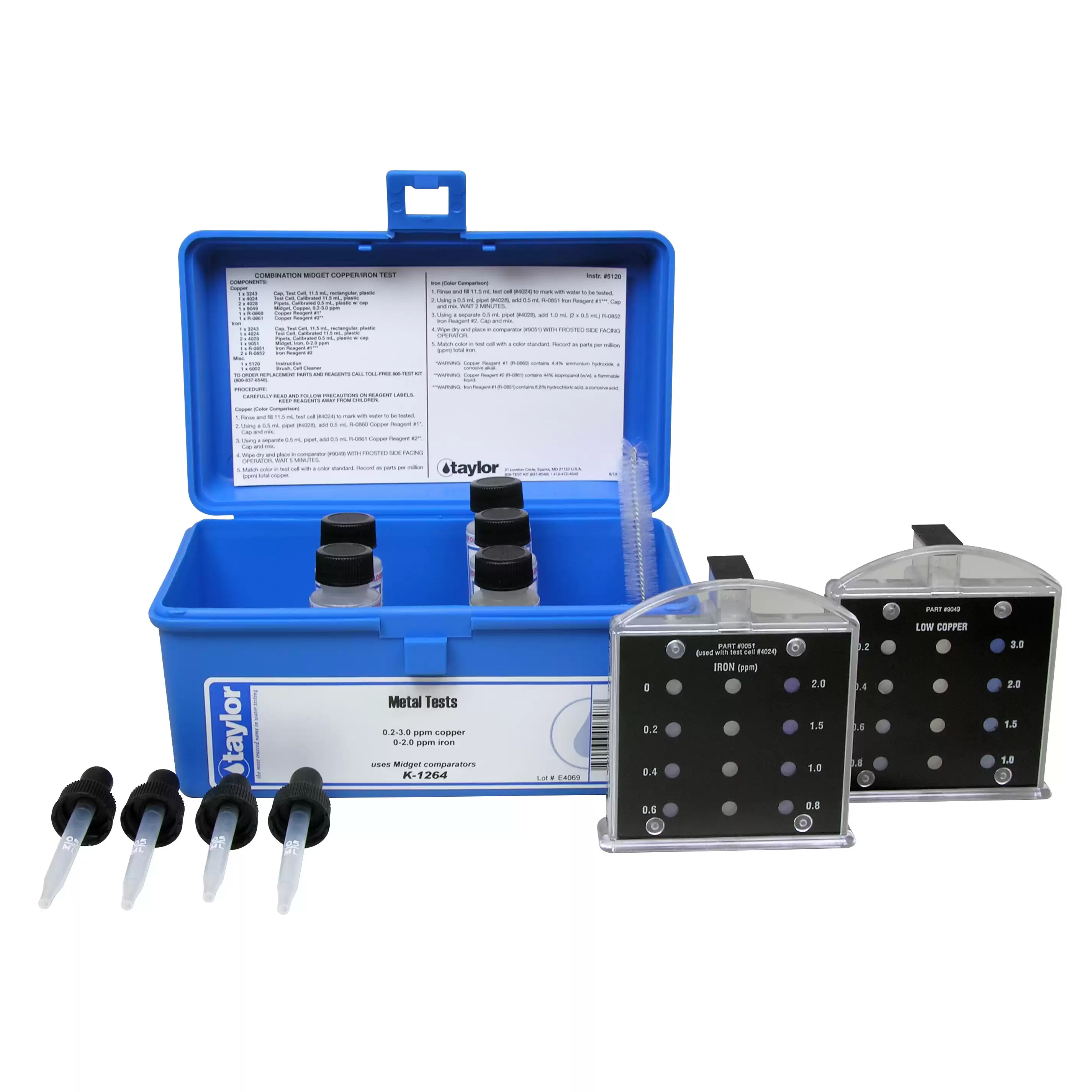Copper is not something that you necessarily want in your pool water.
While the latest social media trends might recommend putting a piece of copper pipe in your skimmer to prevent algae growth, it does a lot more harm than good to your pool!
Realistically, copper can only be removed by draining and replacing with fresh water. With that in mind, it’s highly recommended to prevent copper from getting into the pool as much as possible in the first place.
How Copper Gets Into Your Pool
If you fill your pool with well water, it’s likely to contain iron, copper, and other various metals. In general, you should get your well water professionally tested for metals to fully understand what you are putting in the pool.
Since it is known to slow down the rate of algae growth, most algaecides on the market will contain copper. Some sanitizers, ionizers, mineral systems, and even some pool shocks may also include copper.

Poor water chemistry can also cause copper to leak into the pool. Unbalanced water, like a lower pH, can corrode and deteriorate copper heat exchangers. Proper water testing can help prevent this!
Effects of Copper in Water
It doesn’t take much copper to start showing its effects in water. Problems might begin to appear when copper is 0.5 ppm or higher.
When copper interacts with chlorine, it oxidizes, producing a green tint in the water. This process can also turn your hair and fingernails green! For this reason, additional chlorine, including shocking the pool, is not recommended when dealing with high levels of copper.
It can also turn a pool filter’s cartridges or grids a greenish-blue color, more than likely forcing you to replace them.
Worst of all, it can cause stains in the pool, which are extremely difficult to permanently remove.
Testing For Copper
There are a few ways to test for copper and most other metals commonly found in pools. However, most kits are pretty expensive if they will only be used one or two times. If you do fill your pool with well water, it might be worth the cost so you can continuously test the metal count.
Tests for copper and iron levels in a pool.
A more practical option is to try getting your water tested at a pool store. Some stores may offer a metal test, specifically a test for copper.
How to Get Rid of Copper From the Pool
As mentioned above, the only way to truly get rid of the copper in the pool is to drain it and refill it with fresh water (preferably metal-free!).
The next best option is to use a metal sequestrant to “hold” the copper in place. This essentially binds to copper that is dissolved in the water and prevents it from staining.
While this does not remove the copper, it will at least give you some time to come up with a draining plan.
Sequestrants do break down over time, so more will be needed on a weekly basis.
1 qt. Bottles. Aids in the prevention of metal stains and scale.
If You Do Get Copper Stains…
The most effective treatment for copper stains is using sulfamic acid, a powerful descaling agent.
Treating with sulfamic acid will drastically affect the pool’s chemistry, so be prepared to test and balance the pool once the process has been completed.
Use Jack’s Magic Copper & Scale Stuff and follow their super handy treatment walkthrough (this links opens in a PDF). Follow the whole procedure until completion.
Know What Goes Into The Pool!
Understanding what chemicals you are putting into the pool and the amount of metals in your water source can minimize high copper levels in the pool.
Copper is a fickle beast, so prevention is the best way to avoid issues. AND NO COPPER PIPES IN SKIMMER BASKETS, PLEASE!


